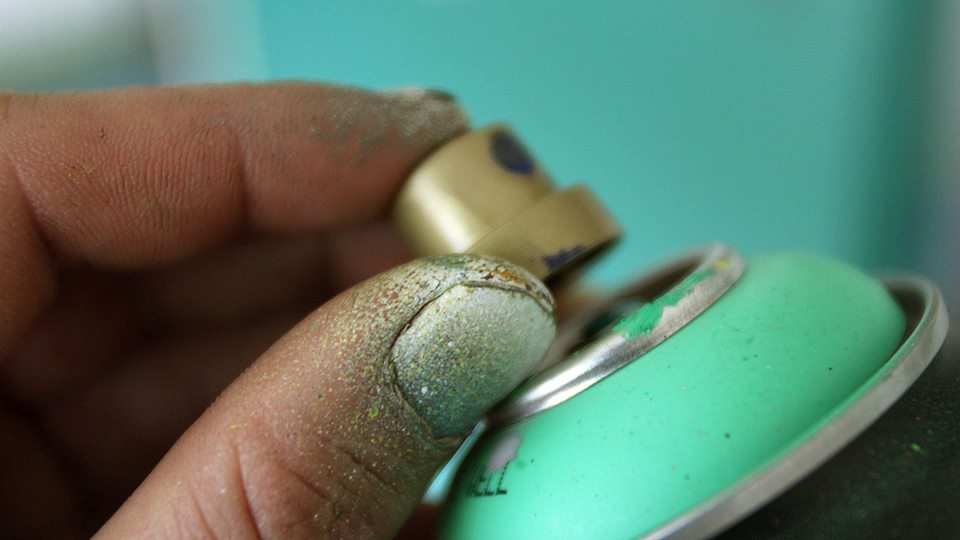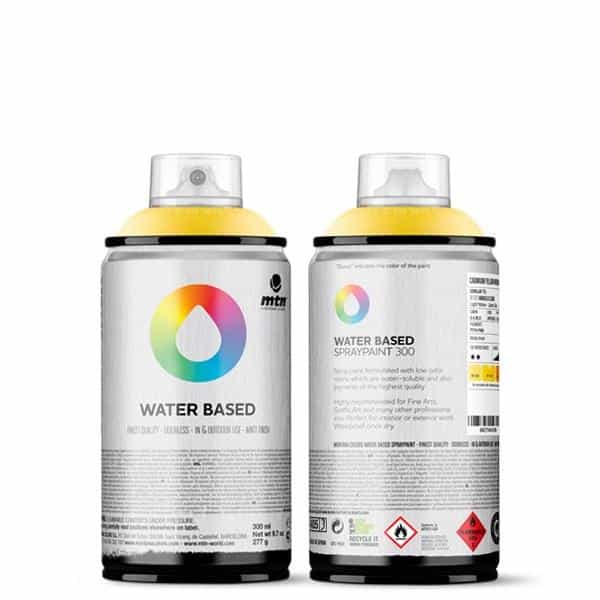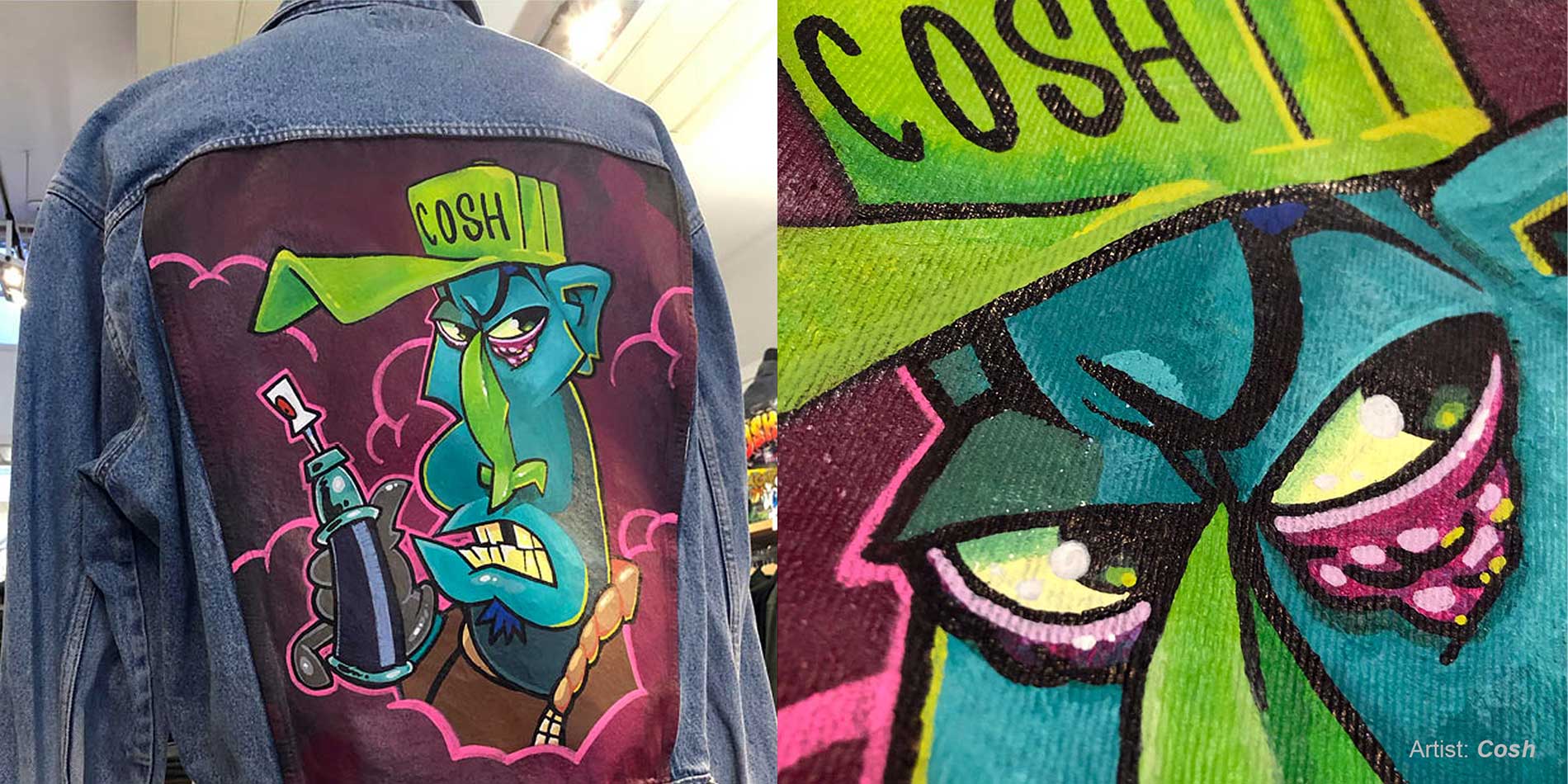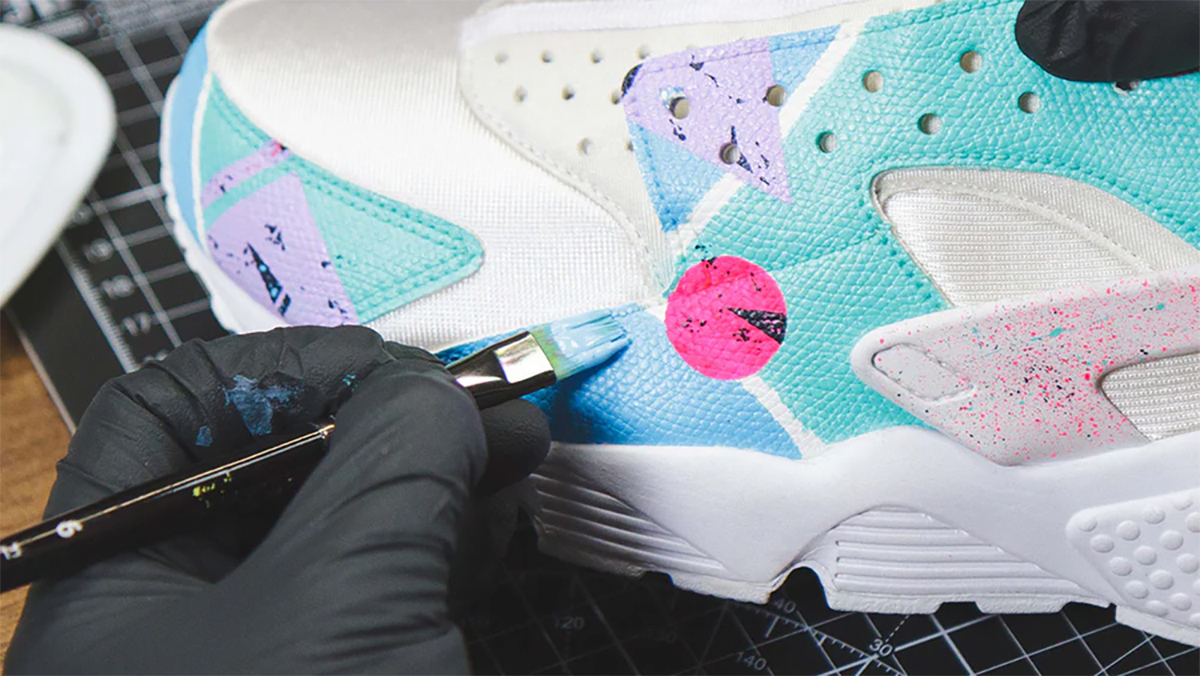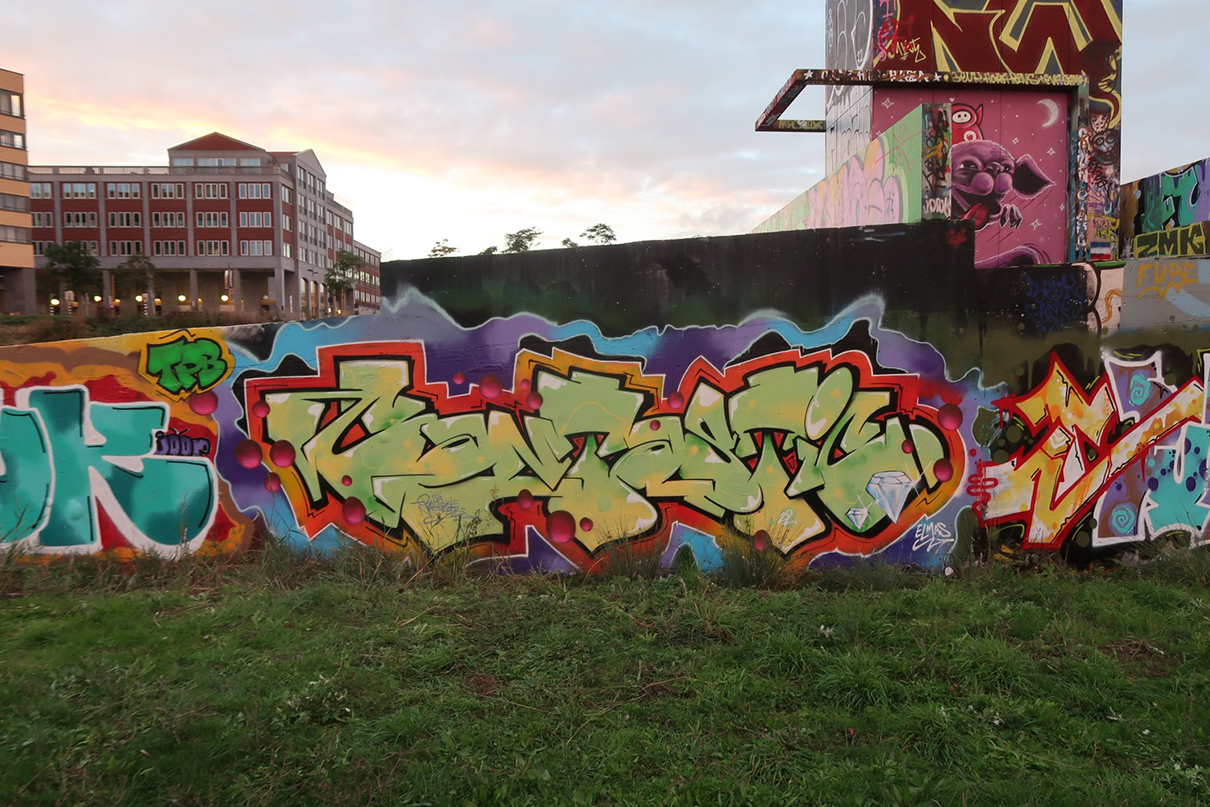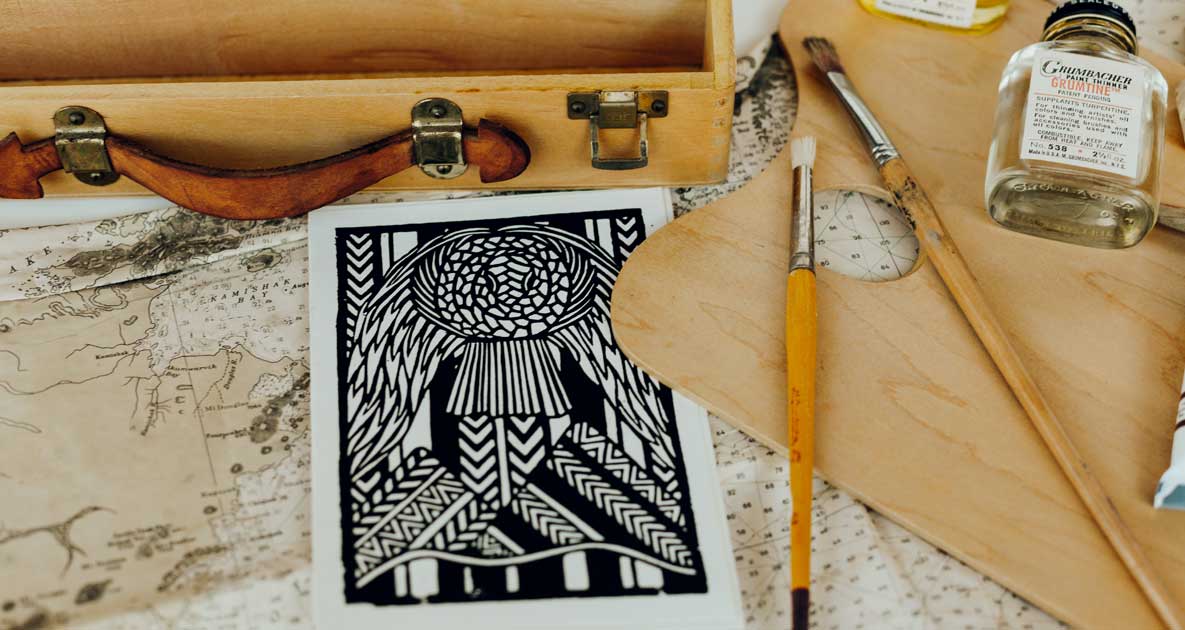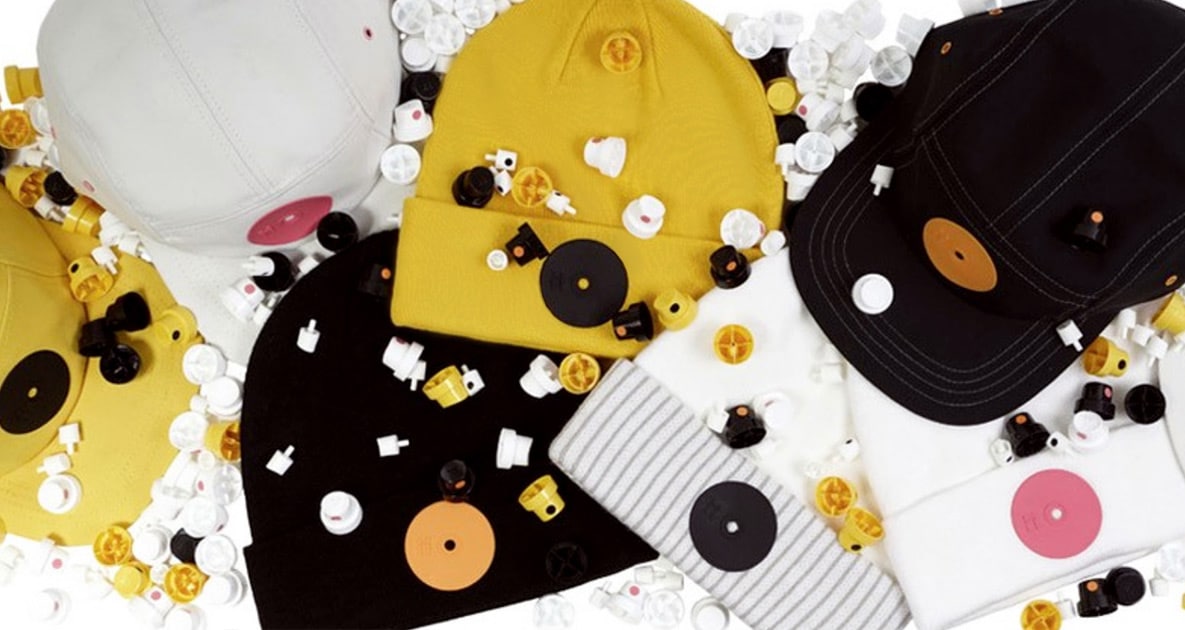We use cookies to make your experience better. To comply with the new e-Privacy directive, we need to ask for your consent to set the cookies. Learn more.
Graffiti workshops
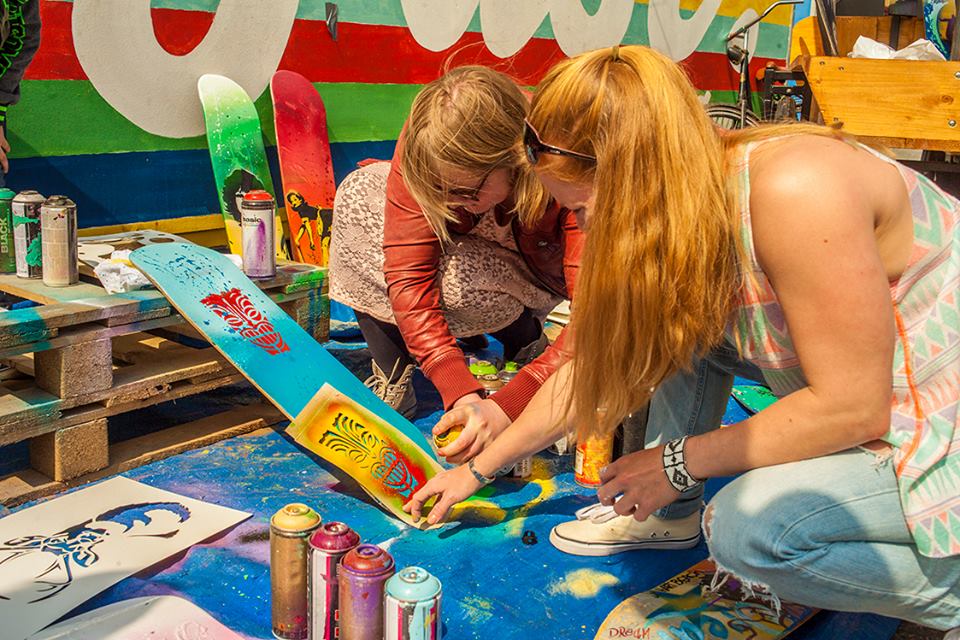
Graffiti has become mainstream, and consequently, graffiti workshops are very popular. People find it enjoyable to create something. Graffiti workshops are organized for children's parties, company outings, or family weekends, for example.
There are many companies run by graffiti artists who organize workshops daily. This is a fun way to learn from a professional, but some people prefer to organize a workshop themselves. We are often asked which spray cans and colors are the best choice for a graffiti workshop.
With this post, we want to explain a few things about graffiti workshops. We divide the workshops into two forms: the graffiti-letter workshop and the stencil-art workshop.
The Graffiti-Letter Workshop
In a graffiti-letter workshop, the participant creates their own graffiti name. It is then explained what makes a letter a graffiti letter. You learn the basics about bits, arrows, and 3D, and based on this knowledge, you make a sketch. You then realize this sketch on a wooden board or large canvas (approximately 100 x 60 cm). You need space; otherwise, it becomes too fiddly. You learn how to build a graffiti piece. First, you transfer the sketch from your paper to the board or canvas. Then you fill the sketch with one or more colors and patterns, then add shadow/3D. Once everything is in place, you finish your piece with an outline (outer line) and finally add the highlights (light effects).
You end the workshop with a complete piece that you can hang above your bed. To organize this workshop, it is important to know how to build a graffiti piece. Good guidance is therefore not a luxury! Finally, this is a very fun workshop form to get to know the classic form of graffiti.
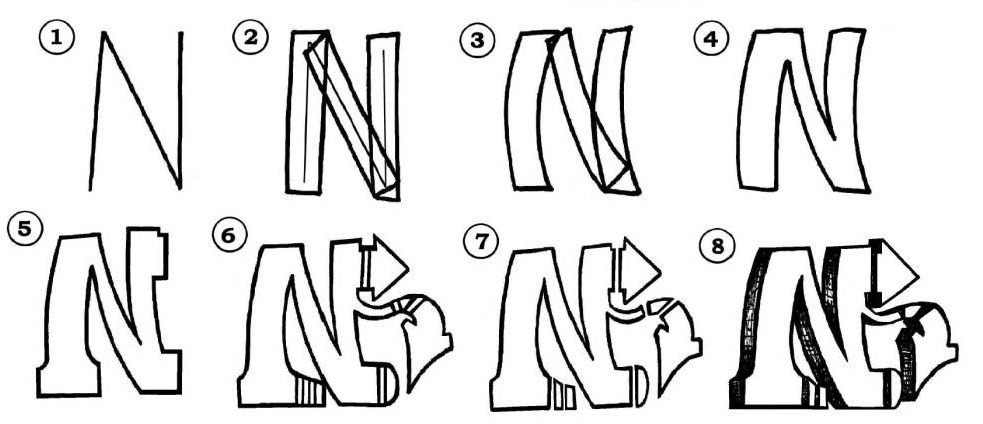
The Stencil-Art Workshop
The second workshop form is the stencil-art workshop. Stencil-art is known through artists like Banksy. Stencil-art can be done on city walls as well as on smaller canvases (approximately 40 x 50 cm). You can divide the workshop into two steps. First, participants can design and cut their own stencils, or you skip this step and use ready-made stencils (such as QBIX stencils). You can also combine it. It is fun to cut your own letters, as this helps you understand the principle. For example, with a letter "o" you need to work with hooks; otherwise, the middle falls out. Patterns and very detailed designs are more tedious to cut, so you could use a ready-made stencil for this.
The second part of the workshop consists of pimping your canvas. You start with the background. You can make this as crazy as you want, think of paint splatters, patterns, etc. When you are done, you need to let it dry well. Otherwise, the stencils will stick to the canvas! Fortunately, spray paint dries very quickly.
Next, you continue with applying the stencils. The design can be anything, but if you use a stencil with two layers, it is recommended to use a strong color contrast between the two layers.
The street-art workshop is a very accessible workshop for young and old. This form does not require practical knowledge of graffiti and is therefore more accessible for workshops without professional guidance.
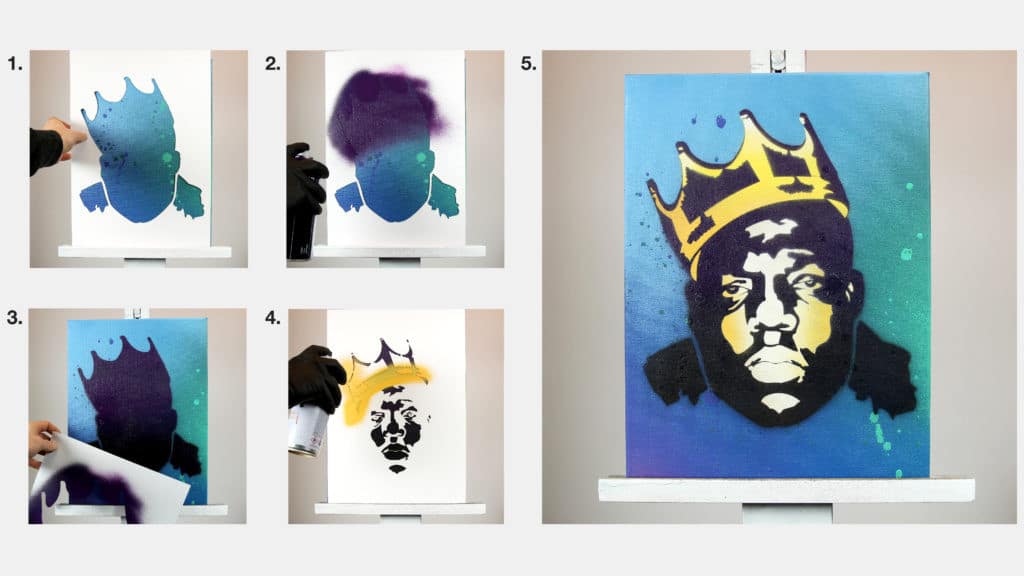
A Few Points to Consider
For a graffiti workshop, it is important to have a black and white spray can and a range of primary colors around them. Besides the primary colors, it is always nice to have a darker or lighter shade so you can make transitions. The fresher the colors, the fresher the end result. A tip is to use the black and white spray cans only when participants are ready for the outline of the graffiti letters or, in the case of stencil-art, the stencil layers. This ensures that the background is always lively.
If you work on a wooden board, it is advisable to cover the board first with latex (cheap white latex from Action is fine). This prevents the spray paint from soaking too much into the board and thus makes the spray can last longer! With a spray can, you should be able to cover about (depending on the user and the type of surface) two square meters.
Finally, it is advisable to work with low-pressure spray cans and skinny caps. Low pressure ensures that you have more control over your spray can compared to high pressure, and a skinny cap ensures thin lines, which reduces the chance of drips. Our preference for workshops is therefore Flame Blue spray cans. These have low pressure and come standard with a skinny cap. An additional advantage is that they are acrylic-based and therefore less toxic!




